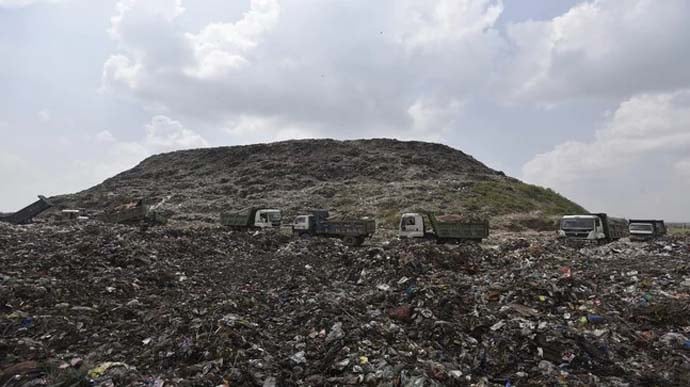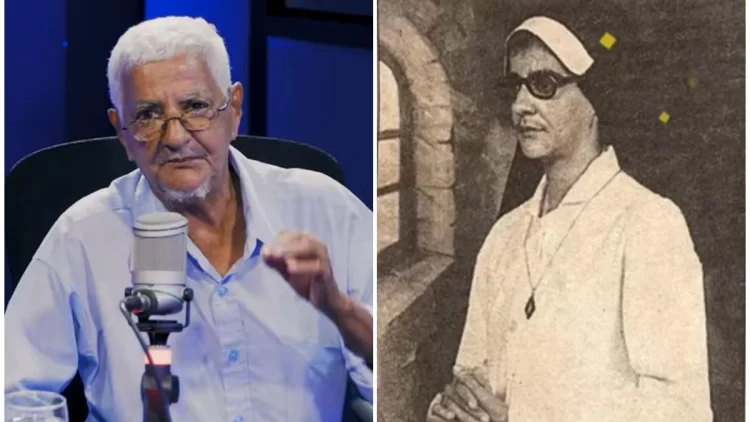San Francisco-based startup Impossible Foods might have just achieved the impossible – making plants tastes like meat. Their Impossible Burger is made entirely of plants, but sizzles on the grill, oozes fat and reportedly tastes like a delicious cooked beef patty.
Red meat consumption around the world is at an all time high, but producing high quantities of meat to satisfy demand is not sustainable and it’s already taking a heavy toll on the environment. In recent years, experts have been busy coming up with alternatives to animal meat, like switching to a protein-rich insect-based diet, growing meat in the lab and even artificial meat made from sewage mud. But one San-Francisco company may have discovered a much more viable solution – a mashup of plant-based ingredients that tastes just like real meat. Impossible Foods has been working on an alternative to meat for the last five years, and its soon-to-be-launched Impossible Burger is already receiving high praise for its likeness to beef patties in taste, texture and appearance.
When former Stanford biochemist Patrick Brown founded Impossible Foods, he set his goal on creating a product that would change the world, and the Impossible Burger might do just that. He and his research team have spent years analyzing meat molecules to find out what makes a burger taste, smell and cook the way it does, in the belief that everything animal can be replicated using plant-based compounds. And judging by the testimonies of the few people who have actually sampled this revolutionary burger, Brown was right.

Photo: YouTube/Impossible Burger
Even before starting his company, Patrick Brown suspected that there was a certain ingredient in meat that made it taste differently than other foods – heme. “I had a very strong suspicion early on that heme would be the magic ingredient for flavor,” he told NPR. This iron-containing molecule is what makes our blood red and gives meat its pink hue and slightly-metallic taste. While heme is highly concentrated in red meat, it can also be found in plants, and that gave him hope that making a plant burger look and taste like one made from beef was not such a crazy idea.
But extracting heme from legumes like soybeans, which contain leghemoglobin in nodules on their roots, would have been both expensive and time-consuming, not to mention that unearthing the plants would release carbon in the atmosphere. Instead, he and his team found a way to transfer the soybean gene that encodes the heme protein to yeast, which allows Impossible Foods to produce vast quantities of the blood-like substance.

Photo: Impossible Foods
Each vat of frothy red liquid in the company laboratory contains enough heme to produce over 20,000 quarter-pound Impossible Burgers. “We have to be able to produce this on a gigantic scale,” Brown said. “Ultimately, we want it to be practical to produce enough of our product to match what’s currently consumed in the U.S. or the world. Well, that’s a lot of heme.” That’s because the Impossible Burger isn’t targeting vegetarians, but billions of meat lovers around the world.
But nailing the taste of meat in a veggie burger is just one of the things Impossible Foods had to achieve to guarantee the success of their innovative product. To replicate animal fat, they decided to mix flecks of coconut oil into the blend of textured wheat protein and potato protein making up the “plant meat” of the burger. The oil remains solid until the burger patty is placed in a hot frying pan, at which point it starts to ooze and sizzle just like animal fat.

Photo: Impossible Burger
The meat-like smell of the Impossible Burger was also engineered by a team of researchers. They put cooked meat in a gas chromatography mass spectrometry machine, which separates thousands of compounds, and smelled it through a tube, which allowed them to identify the specific individual components of the scent. They identified butter, maple syrup, a diaper pail, smoke, grass and even a raspberry bug. “The smell of meat is the simultaneous exposure to these hundreds of different smells, and the smell of meat happens up here,” Brown said, while pointing to his head.
NPR’s Lindsay Hoshaw had a chance to feast on an Impossible Burger, and described the taste as “unreal”. “The flavor was slightly less potent than meat, but if I didn’t already know this burger was made from plants, I wouldn’t have guessed it. The texture as I chewed was just like ground beef,” she wrote.

Photo: YouTube/Impossible Burger
Sustainability and realistic taste are just two of the several advantages the Impossible Burger has over a beef one. It also contains more protein, less fat and fewer calories than a meat burger and because there’s no actual meat in it, there’s no cholesterol either.
At the moment, an Impossible Burger is more expensive than one made with real meat, but Impossible Foods CEO Patrick Brown says that is going to change once production increases. His company is already leasing a 66,913-square-foot manufacturing facility in Oakland to ramp up production of their meatless meat.
It’s going to take years for Impossible Foods to be able to supply grocer stores with plant-based burger patties, but for the time being they are focusing on select restaurants, hoping that talented chefs come up with complementary flavors to make their burgers even tastier.
Food industry experts are skeptical about the Impossible Burger’s chances of replacing beef ones, arguing that it will be hard to get carnivores to fully replace their meat with a plant-based alternative, as long as animal meat is widely available at reasonable prices. Brown, however is convinced that it’s possible. “If people are going to be eating burgers in 50 years, they’re not going to be made from cows,” he said. “We’re saving the burger.”






